
Aging System Impacts over time

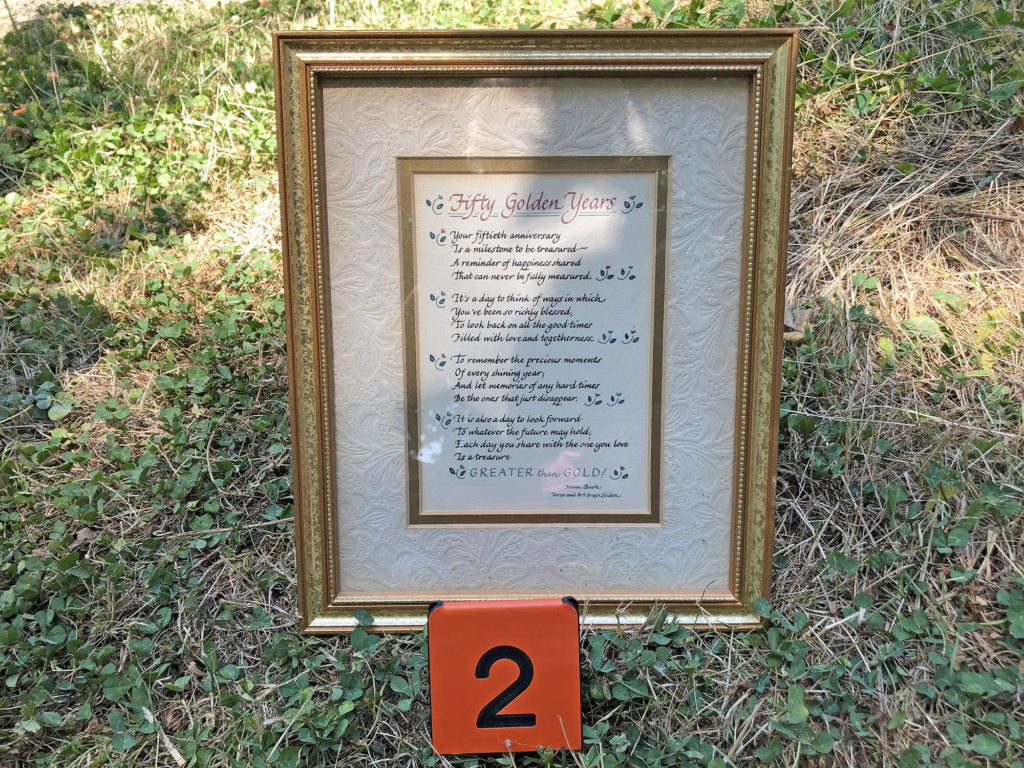
Aging Objectives
-
Describe physical changes that occur during puberty, as well as menopause and andropause.
-
Indicate how aging impacts organs within a variety of organ systems and explain how aging is more than just organ health.
- Provide global perspective on end-of-life conditions for older adults.

When you mention “puberty” to many people, the instant response is negative. People often recall acne and awkward events. In this section, we’ll try to re-frame this significant life event
This video starts an introduction to another way to view puberty, as a series of impressive body changes that start at the cellular level.
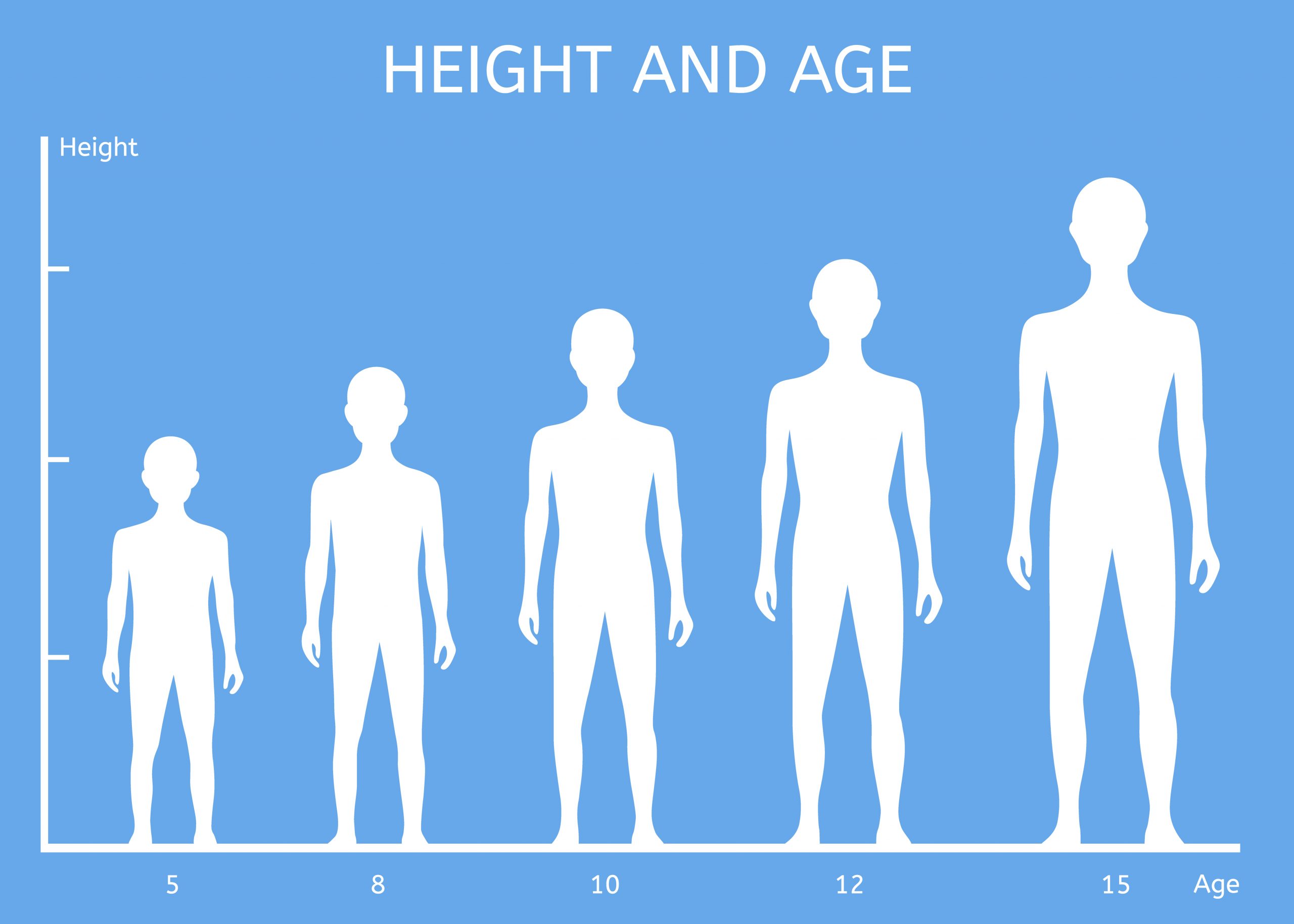
In both males and females, hormonal changes at puberty trigger a growth spurt, redistribution of fat, increased metabolism, increased oil gland activity and a myriad of other effects.
Next we will examine the changes that differ between genetic male children (having an X and a Y chromosome) and genetic female children (two X chromosomes). In both cases, there are significant changes associated with reproduction.
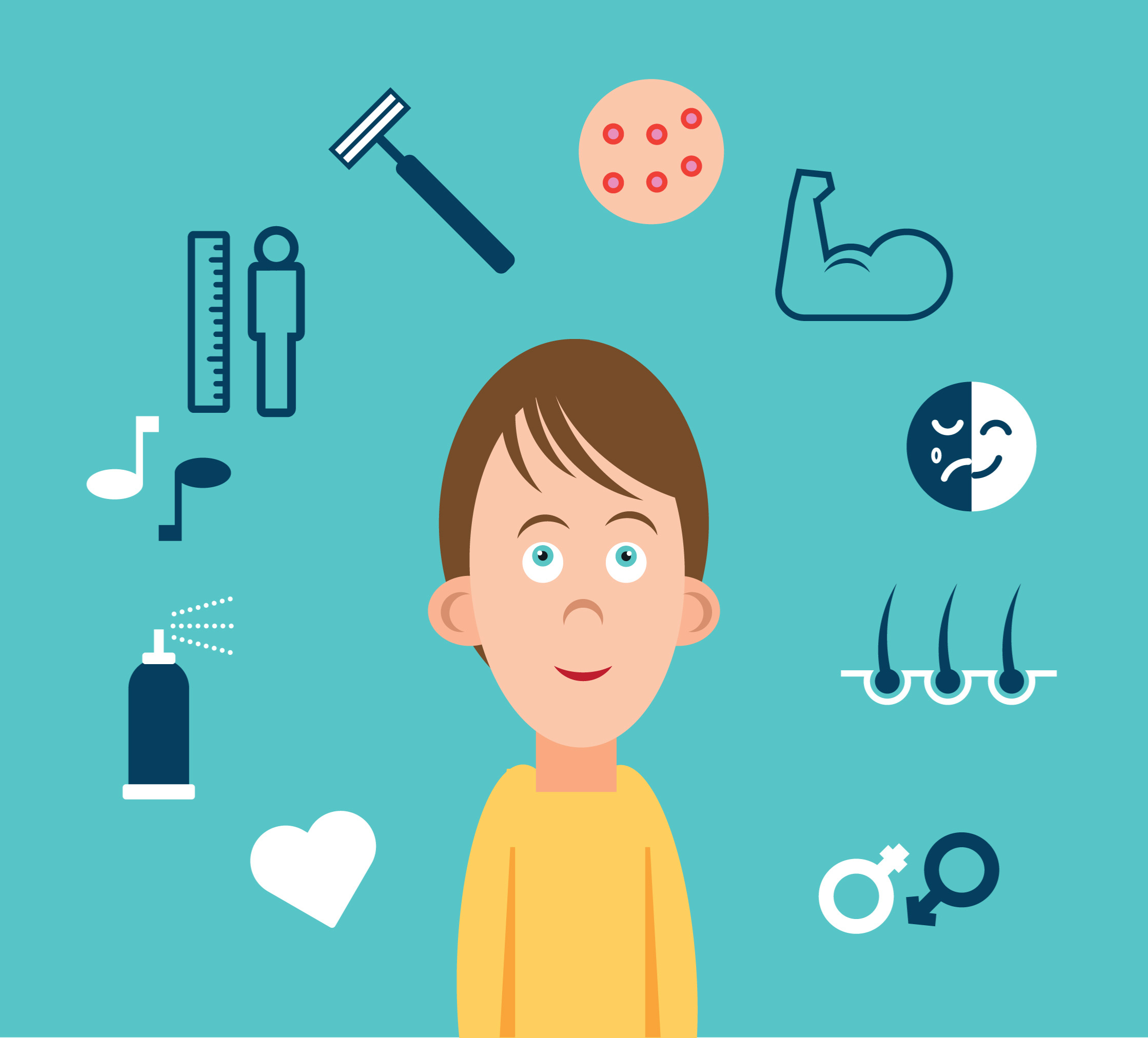
In boys, changes in the brain at the start of puberty cause an increase in androgens, specifically testosterone. Notable impacts include changes in the scrotal sac that hold the testes, hair growth, changes in voice, and changes in behavior.

In girls, changes in the brain at the start of puberty start an increase and cycling of hormones that eventually triggers egg maturation in ovaries. Similarly, hormones trigger breast growth, including the lobules that may eventually produce milk.
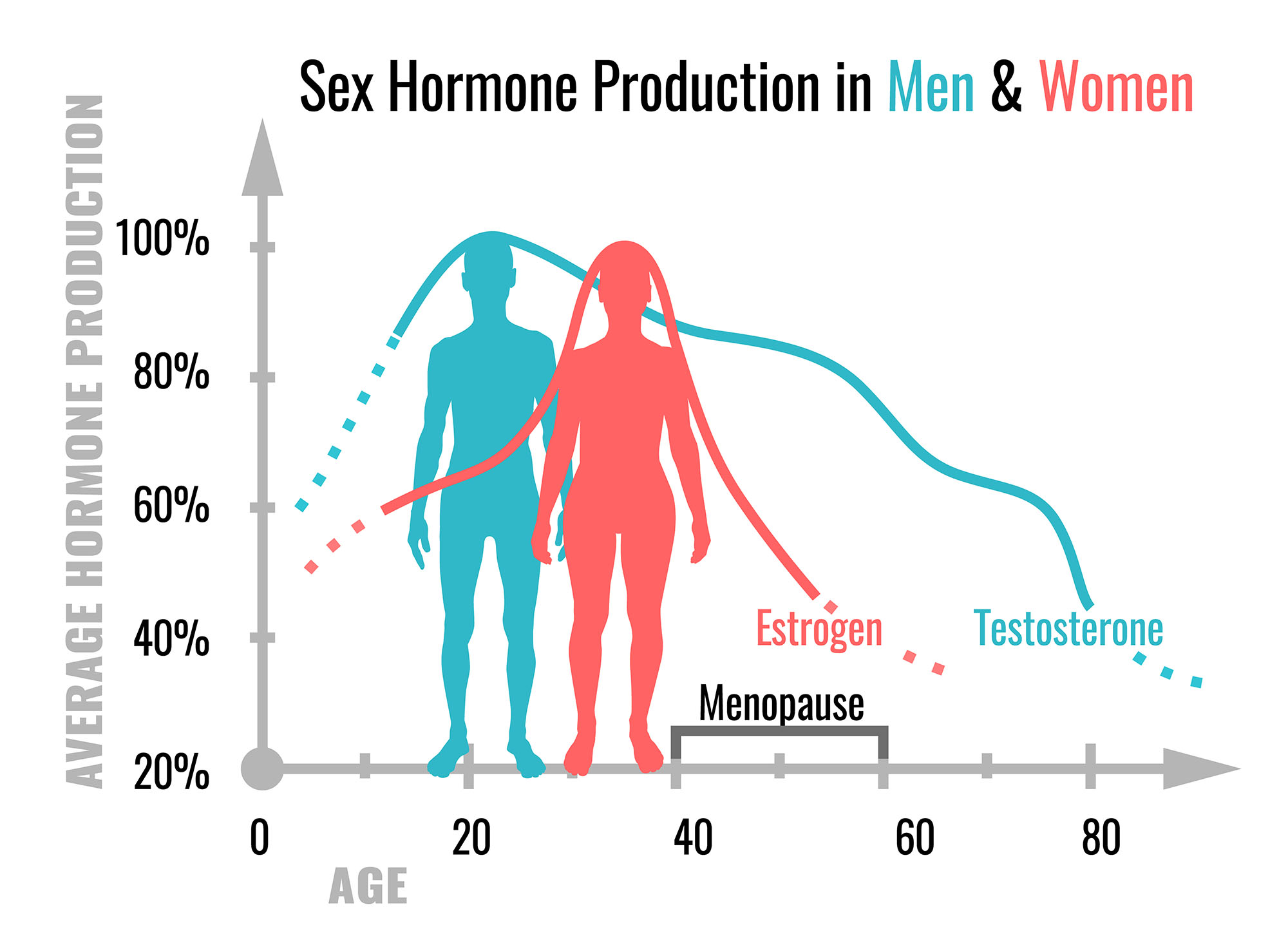
In a way, menopause is like the reverse of puberty in women. Estrogen production declines, and even if eggs were still present, there are typically no longer sufficient hormones to support egg maturation or implantation of a blastula.
Men also have a decline in testosterone, but it is much more gradual than the drop in estrogen in women. Some research supports the idea of an andropause phase in men, but more research is being done into the resulting relationship to aging and disease.

Life stages have a personal component, but they are also shared by generations of humans. Puberty is a multi-year process that enables individuals to reproduce and pass on their genetic material and personal knowledge. Menopause and andropause often earmark a transition from reproductive life to other pursuits.
Aging
Aging, like puberty, is often referred to in negative terms. We will focus on the physical changes that occur, but also consider how health may be more than just organ function.
We will tour through various impacts of aging on organs
Cumulative Effects
The longer we live, the more damage we can accumulate. These are diseases of long life, and not just diseases associated with older ages.
Integumentary Changes
Skin and hair color typically change with age.
Visual Disorders
From this video, describe the parts of the eye that are impacted by cataracts, glaucoma, and macular degeneration.
Bone Density
Bone density declines with age, leading to a higher possibility of fractures.
Brain
Parkinson’s Disease and Alzheimer’s Disease are not “normal” aspects of aging, but they are frequent occurrences that relate to changes in hormones.
Incontinence
Incontinence can happen at all ages, but is more common as we get older. From the video, describe what incontinence is, as well as different types of incontinence.
Positive effects of aging
Besides increased knowledge and accumulated resources, there are many positive impacts of living a long life.
End of Life
Elderly adults have varied experiences near the end of their lives. This video provides some perspective.

There is a long history of groups being mis-represented, mistreated, and ignored in medical research. This includes research on concerns specific to the elderly, who have been regarded as a lower priority that younger individuals.
In the context of COVID-19 and it’s significant impact on the elderly, efforts are underway to increase aging-related research.

Start this Guide’s first journal assignment here
Journal Page #12: Life Stages
Science is limited to observable phenomena, meaning there needs to be direct or indirect evidence that something has occurred. Direct evidence is what you collect with your own senses; indirect evidence is an artifact of something that happened in the past like a photo or a fossil. In this journal assignment you are collecting and assembling indirect evidence of life stages.

Step #1: Collect evidence of life stages.
This includes reproduction/pregnancy, infancy/childhood, puberty, adulthood, and/or aging. This could be evidence of your own life or someone you know like a family member, friend or community member. You could select a single life stage or show a breadth of life stages. Examples of evidence include photos, receipts, clothes, writing, awards, school items, products, and much more.
Step #2: Assemble the forms of evidence into a form that tells a story.
Many researchers work with artifact (object) evidence and their selection and arrangement of evidence is used to convey information. Arrange your artifacts/evidence to convey a message. It could convey science knowledge, information about your personal life stages, and/or make a more general point about human experience.
You are turning in a journal page with:
A. your assembled life stage evidence.
B. A description of the message you are trying to convey. This could be in writing, captioning on photos, or in a video.
The next section provides an overview of non-infectious diseases.
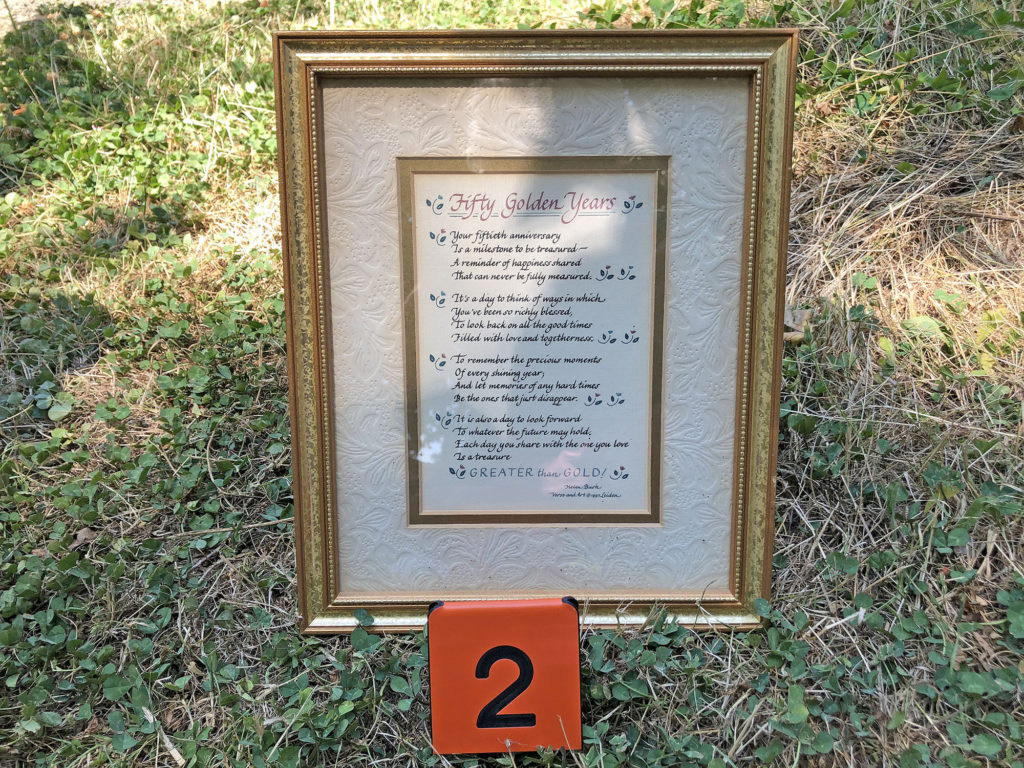
Check your knowledge. Can you:
-
describe physical changes that occur during puberty, as well as menopause and andropause?
-
indicate how aging impacts organs within a variety of organ systems and explain how aging is more than just organ health?
- provide global perspective on end-of-life conditions for older adults?



